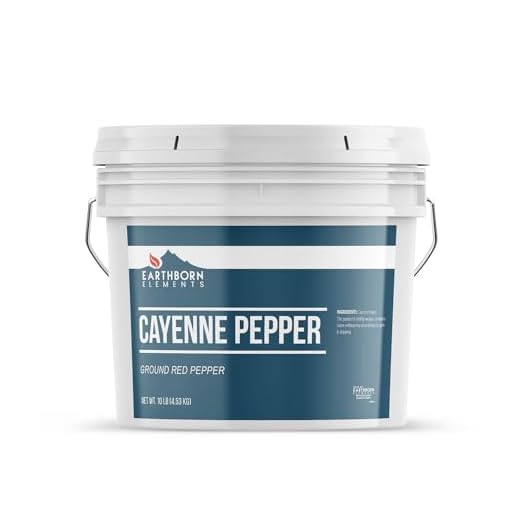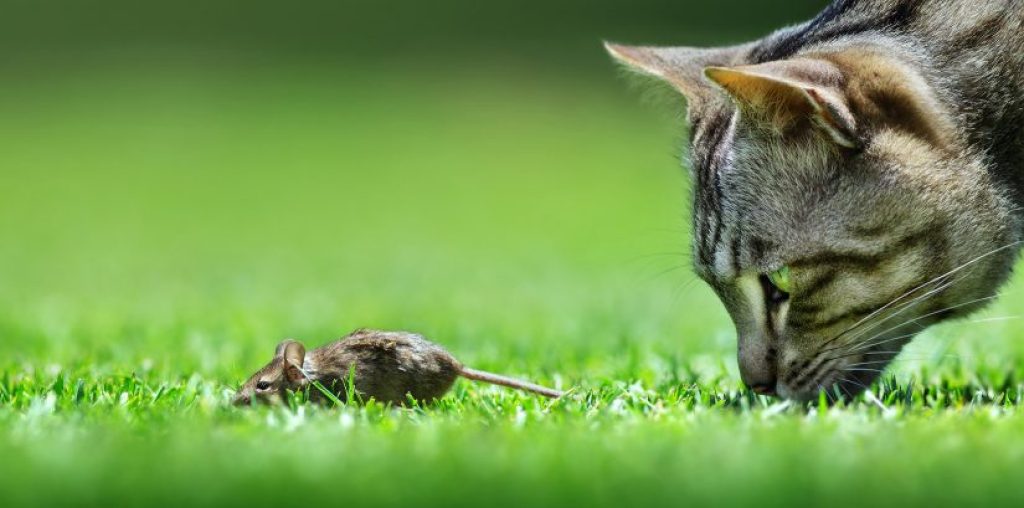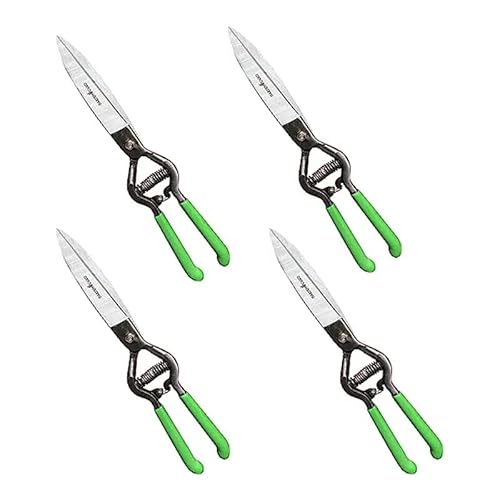



Rats often feel at home in the garden and do not stop at entering homes. They pose a hygiene problem with increased health risk, gnaw their way through various materials and can destroy entire flower and vegetable beds. With our tips on how to combat them, you can reliably get rid of the pests.
How can I tell that I have rats in my garden?
In order to take effective measures against rats in the garden, you should first be sure that they are in your garden. Because they shy away from people, they are usually gone before they could be seen. But various typical signs and traces on the terrace, balcony, basement, garage or garden shed, will help you to detect their presence anyway:
- Mostly slightly curved droppings 1 to 2 centimeters long (per day and rat up to 40 “droppings”).
- No pile formation, but scattered droppings
- Medium brown, shiny feces indicate fresh excretion
- Older droppings in dry consistency, dark brown to black in color
- Smear marks on patio tiles or wood panels, formed by their body fat when they often walk the same paths (for example, from hiding place to feeding place)
- Paw prints and drag marks from tails on damp or dusty surfaces
- Faint to strong ammonia odor (depending on the number of rats)
- Eating marks with two grooves on gnawed materials such as wood or plastic (grooves are caused by the sharp incisors)
Do I have to report a rat infestation?
Depending on the state and municipality, you are either responsible for the removal and control of the rat infestation yourself at your own expense, or a pest controller is hired.
How can rats be effectively driven away or controlled?
There exist various ways and tools how you can fight a rat infestation in the garden yourself. In addition to some natural means and various traps, there are now also high-tech devices that drive away the rodents. Below, we present the seven best tips.
Tips to combat
1. Rat poison
Although the use of rat poison is the most effective and fastest solution for long-term control of rats, it is also the most dangerous for humans and other animals. Therefore, in principle, rat poison should be used only by people who have appropriate expertise in the use of rat poison.
For some products, you are prohibited by law from using them if you are not a licensed pest controller yourself. In some regions it is even mandatory to hire a professional for rat control. In any case, you should check with the local authorities beforehand or use other control methods that will get rid of rats in your garden.
2. Live traps
In contrast to mice, live traps are only suitable to a limited extent for the control of rats. These usually serve their purpose successfully only when there is a single rat in the garden. As soon as a live trap is triggered, the intelligent rodents know what it is, watch out for other traps in the surrounding area and give it a wide berth.
Live traps are loaded with food that the rodents like to eat, such as cheese or peanut butter. If contact occurs between the rat and the food, the trap closes. The rat can then be released far away from the property. While killing rats is not prohibited by law, it is still usually not necessary if you release them far away from residential areas and houses.
3. Dead traps
There are rat traps that are for the purpose of killing. There are different types of traps to choose from, which can be placed in the garden. The classic is the mechanical hinged trap, which works similarly to the live trap. However, the mechanism does not trigger a trap closure, but a spring clip, which leads to the killing of the rat. In this way, only one rat can be caught at a time. Other types are:
Bolt trap
Here rats are also attracted by food. To reach it, they put their head through an opening, which triggers a bolt fall and slays the rat. The trap is suitable for repeated use, so some rats can be caught with it.
Electric trap
This type of trap works in principle the same way as the live trap. However, when the door is closed, an electric shock is immediately passed through the box for several seconds, causing the trapped rat to die. Once the electric trap is cleaned, it can be used again in a different location and with a little visual change.
4. Cats

One of the best strategies to combat rats in the garden, is to get a cat. The intelligent rodents often recognize their predator from a distance by the smell of the cat. If the cat roams the garden a lot and regularly, rats often retreat. Who remains, becomes sooner or later the victim by pointed cat teeth.
5. Scents to drive away
Cat litter
If you don’t have a cat and don’t want to get one, you can get used cat litter from friends or neighbors and put it in the garden. The scent is ideal for control by driving the rat away. Spread it in an air-permeable bag or lay it out generously in the garden.
Turpentine
Soak a few cotton rags in turpentine and place them where you suspect a rat is. Ideally, find the entrance to the rat’s burrow and hang the rag directly in front of it. This way, any rat will quickly run for the hills. Alternatively, you can use vinegar essence instead of turpentine. However, the vinegar smell will not reach as far as from turpentine.
Essential oils
If there’s one thing rats don’t like, it’s essential odors. These release various herbs and plants and can accordingly help to combat, if you distribute the essential oil from these in the garden or infested areas with the plants. Suitable for this purpose are, for example:
- Fennel
- Chamomile
- Lavender
- Mint
- Clove
- Oleander
6. Hot spice powder
Use cayenne pepper and chilies in powder form to drive the rat away. Ideally, sprinkle the powder around the places where they like to gnaw, find food, or have previously left droppings, because that is where they are usually drawn to again and again. If the rat runs over the powder, it will get to their feet, abdominal fur and tail.
The smell alone often gets rid of the rat, but at the latest when the rat cleans itself and the powder gets into its mouth, it will quickly combine the smell with the stinging pain in its mouth and disappear.
7. Ultrasonic devices
To combat rats in the garden, various ultrasonic devices have proven to be effective. They emit high sound frequencies that are inaudible or barely audible to humans, but are perceived by a rat as a very unpleasant, almost unbearable noise. As a result, they avoid the area where the sound can be heard.
Therefore, depending on the size of the garden, it is worth buying several ultrasound devices. Position them in such a way that at the beginning you first “drive” the rat towards the outer garden area and then draw an invisible garden border with the ultrasonic devices, so that every rat stays outside in the long term.








